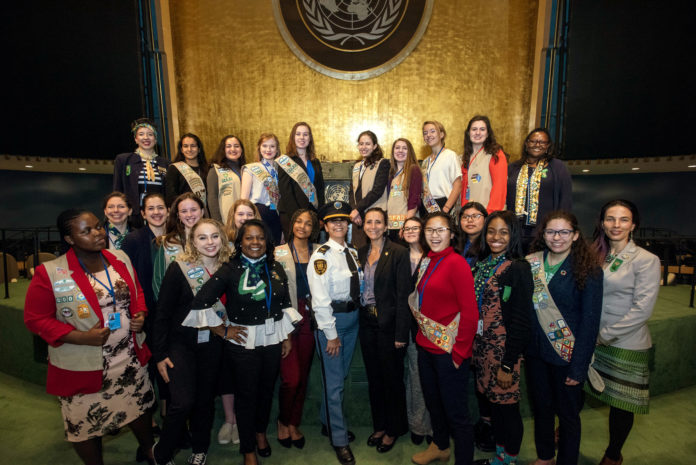According to the new UN Women report, entitled "Progress of the World's Women 2019-2020: Families in a Changing World", women's rights have advanced in recent decades. Families around the world have become a space of love and solidarity, but also a place where the violation of fundamental human rights and gender inequalities persist.
"This report aims to counter this opposition by showing that families, in all their diversity, can be crucial promoters of gender equality, provided that decision-makers implement policies based on the real conditions in which people live today, with women's rights at their core". Phumzile Mlambo-Ngcuka, Executive Director of UN Women
Based on global data, the report highlights the diversity of families that exist around the world and provides sound recommendations to ensure that laws and policies support today's families and meet the needs of all their members, especially women and girls, accompanied by analyses of the costs that their implementation would entail.
Among the trends observed, the following can be noted:
- the age of marriage has risen in all regions, while birth rates have fallen and women are enjoying greater economic autonomy;
- Overall, just over a third of households are made up of couples with children, and extended families (including other family members) are almost as common (27%);
- the vast majority of single-parent families, which account for 8% of households, are run by women: they often combine paid work with child-rearing and unpaid domestic chores. Same-sex families are increasingly visible in all regions.
Families can be places where care is provided, but they can also generate conflict, inequality and, all too often, violence.
Even today, three billion women and girls live in countries where rape within a married couple is not expressly considered a crime. But injustice and violation take other forms too. In one country out of five, girls do not have the same inheritance rights as boys, while in others (19 in all) women are required by law to obey their husbands. Around a third of married women in developing countries say they have little or no say in their own health care.
Women continue to enter the job market in large numbers, but marriage and motherhood reduce their rates of participation in this market, as well as the income and benefits derived from it.
Worldwide, just over half of married women aged 25-54 are in the workforce, compared with 96% of men.
The report's recommendations for achieving this include:
One of the main factors maintaining these inequalities is the fact that women continue to provide three times as much care and domestic work as men, when such care and work cannot be provided by others at an affordable cost.
The report casts a favorable light on the issue of parental leave, where fathers' contribution is increasing, especially in countries with special incentives such as "daddy quotas", whereby a non-transferable portion of paternity leave is granted to fathers, which they lose if they don't use it.
It also highlights the challenges faced by women and their families when they emigrate. Unfair regulations mean that some families have no right to reunification, and are often unable to benefit from public services. When migrant women's status is linked to that of their partners, it can be difficult, if not impossible, for them to escape abusive relationships.
The report calls on politicians, activists and people from all walks of life to transform families into places where equality and justice prevail, where women can exercise choice and have their voices heard, and where they enjoy physical and economic security.
- The modification and reform of family laws to ensure that women can decide if, when and with whom to marry; that offer the possibility of divorce, should the need arise; and that give women access to family resources;
- Recognition of different types of partnership, to protect the rights of women in a cohabitation or partnership with a person of the same sex;
- Investment in public services, especially reproductive health care and education, so that women's and girls' life choices are broadened and they are able to make informed decisions about sex and reproduction;
- The inclusion of paid parental leave, as well as state support for childcare and care of the elderly, in the development of comprehensive social systems that can help meet the needs of families;
- The guarantee of women's physical safety through the application of laws and policies aimed at eliminating all forms of violence against women and girls, as well as access to legal services and support for victims of violence.


